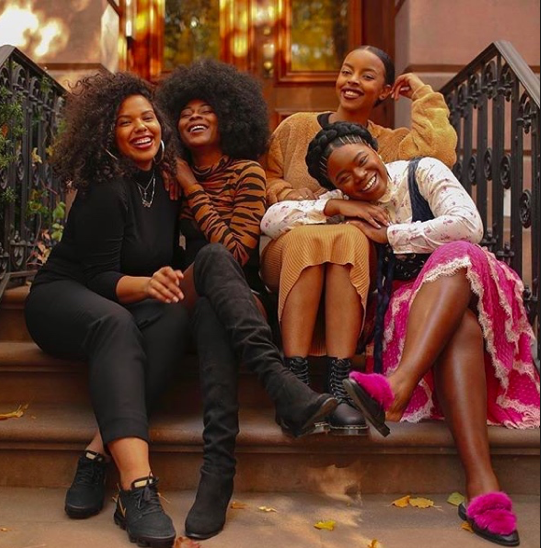Let’s face it, many of the most favored “trends” are things that people of color have been doing (and living) for their entire lives. Whether its complexion, hairstyles, fashion or culture— people of color rarely get the recognition they deserve for planting the many seeds that have since sprouted into today’s “trends.”
Photo: EveryStylishGirl
In July of 2016, EveryStylishGirl (ESG) hoped to change the lack of support that people of color were getting in fields such as fashion, art, science, business, and technology by creating a platform that shines the spotlight on the people of color that . The platform consists of blog posts which highlight the successes of people of color, black-owned businesses and inspirational features.
The brains behind the operation, Nana Agyemang, spoke with Teen Vogue in which she opened up about the mission of the website, “I was frustrated with the lack of representation of black women internally and externally at media companies. I was always the only black girl at all my media jobs. From hard news to fashion, there was always a handful of us. I knew there were a lot of black women interested in my field but with limited opportunities for access.”

Photo: EveryStylishGirl
Due to the experience she shared with many women of color, black women specifically, she turned her platform into everything you might need when it comes to fashion and beauty media. Throughout the website, there are black-owned businesses in the spotlight for jewelry and fashion along with personal essays that speak on experiences that women of color can relate to.
Another one of ESG’s missions is to ensure that black women receive the credit they deserve for all they contribute to every art form, “WoC are the trendsetters, they are the voice of fashion,” shared Agyemang. "We are constantly imitated and because we aren’t in many of those fashion spaces, we can’t set the narrative straight and curate the ideas."
Photo: EveryStylishGirl
Agyemang is careful when choosing models for her website to ensure that she highlights dark-skinned women with kinks and curls to fill a void in the industry — a void that affected her growing up. Like many of us, Agyemang never saw dark-skinned women in magazines or on television and she wants to ensure that the younger generations don’t fall victim to the same issues.
“We need more women of color to be journalists and to diversify fashion magazine covers — to set the tone and be the one bringing diversity to the table. It’s not enough to have one seat at the table anymore.”
Ready. Set. Boss. Our daily email is pouring out inspiration with the latest #BlackGirlBossUp moments, tips on hair, beauty and lifestyle to get you on track to a better you! Sign up today.


